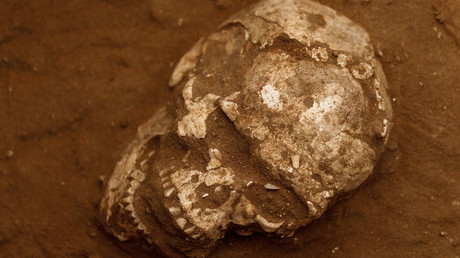
A device developed at UCLA may have been responsible for a barely-conscious patient recovering from a coma and becoming fully able to comprehend language just three days after being the first subject of a novel brain treatment, a new study has found.
The device, which is the size of a coffee cup saucer, focuses acoustic energy on a specific region of the brain, stimulating it. For the new study, it was aimed at the thalamus of a 25-year-old man recovering from a coma. The procedure took 10 minutes, during which the patient received ten 30-second stimulating impulses.
The Thalamus is a structure located between the cerebral cortex and the midbrain that acts as a relay for information. It processes signals from all senses, apart from smell, to other regions of the brain. In people suffering from reduced mental function after a coma, the thalamus typically performs worse than in healthy individuals. However, stimulating it with electrodes requires risky surgery, while medications can only target it indirectly.
Before undergoing the new procedure, the man showed only minimal signs of consciousness and limited ability to communicate. For example, he could only make small movements when asked. Three days later, he had regained full consciousness and full language comprehension and could reliably indicate “yes” or “no” by nodding or shaking his head.
“It’s almost as if we were jump-starting the neurons back into function,” said Martin Monti, the study’s lead author and a UCLA associate professor of psychology and neurosurgery. He said that similar results could previously only be achieved through electrode implantation and no non-invasive procedure had been effective.
The authors say they are still cautious about declaring that the treatment, in fact, caused the recovery.
“It is possible that we were just very lucky and happened to have stimulated the patient just as he was spontaneously recovering,” Monti said.
However, they hope that the technique will prove to be effective in other patients as well.
The study was conducted by a group of UCLA researchers, including Alexander Bystritsky, who pioneered the technique the device uses, which is called “low-intensity focused ultrasound pulsation.” They published their results in the journal Brain Stimulation.


No comments:
Post a Comment